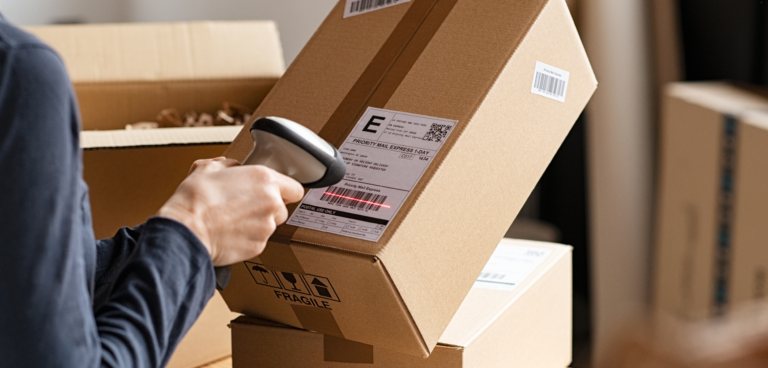Online returns are on the increase, as consumers feeling the cost-of-living pinch become choosier about the online purchases they choose to hang on to. As a result, returns are becoming a silent profit killer for ecommerce and multichannel retailers.
By Mattias Gredenhag, CTO, nShift
Though much prized by customers, flexible returns policies are difficult and expensive to implement for retailers. Shipping, handling, and processing returned items can lead to increased costs and management overheads. Furthermore, managing reverse logistics is far from simple, especially for ecommerce businesses that operate across multiple channels and locations.
The bottom-line impact for retailers is significant: a report by BFC found that it costs 50-70 percent of a product’s retail price to process each return.
That means reverse logistics effective management is crucial. Poor returns management can lead to delays, errors, and dissatisfied customers. Get it right, and retailers can minimise the risks to their revenue, while also maximising customer loyalty and repeat purchases.
So, if returns are inevitable, how can retailers benefit from them too? The answer is in three parts: minimise the financial hit, use returns to maximise customer loyalty, and automating the reverse logistics process.
Minimising the revenue hit
Handled well, some 30% of returns can be converted into exchanges. Studies show that once a customer has parted with their money, they consider it spent. They are naturally more open to trading in their unwanted item for something more appealing. Not only does that mean retaining revenues, but it also means satisfying the customer and improving loyalty and the likelihood of a return purchase.
Similarly, handled well, it’s possible to get more returned stock back onto the shelves. Clearer warehouse processes can ensure returned items are checked and re-shelved without delay. Meanwhile, damaged items can be up-cycled or sold at a discount.
What’s more, we’re also increasingly seeing retailers taking an active interest in creating second-hand markets, re-selling pre-loved stock, which is not yet at end of life, as well as offering repair services.
Maximising customer loyalty
Many retailers are thinking beyond share of wallet, and increasingly about the share of life. If the cost of a relationship now is a returned item, then what’s the best way to ensure that good customers keep coming back?
The first step is to identify them. New data techniques are increasingly spotting the difference between someone who will always return goods and the potentially loyal customers who will only send goods back for very good reasons.
Once identified, it is then possible to think tailoring the returns policy. The truth is that high customer expectations need not translate into needless generosity through “one size fits all” returns policies.
Most retailers still offer immediate refunds on returns. The customer may go away happy, but the retailer loses out twice: once, through the refunded payment, and again, when returned items go unsold.
A more tailored approach to returns, where a range of offers are targeted to different customer groups, could transform that picture.
They might include recommending alternative products for exchange or inviting customers into stores to see different options for themselves. In the case of customers who egregiously abuse returns policies, retailers might charge a collection fee. At the other end of the spectrum, they may think in terms of making returns easier still, with payments refunded in seconds.
Automating reverse logistics
Investing in the right returns platform can enable businesses to implement returns strategies which build the bottom line and help to retain customers. They can ensure resaleable items go back on sale without delay, and help to pinpoint which products are being returned, and why.
Most importantly, they allow the experience to be tailored to the customer.
If the customer relationship really begins when a non-customer goes to the online checkout and clicks on the buy button, then the first test of that relationship is how the retailer deals with requests to return the goods.







